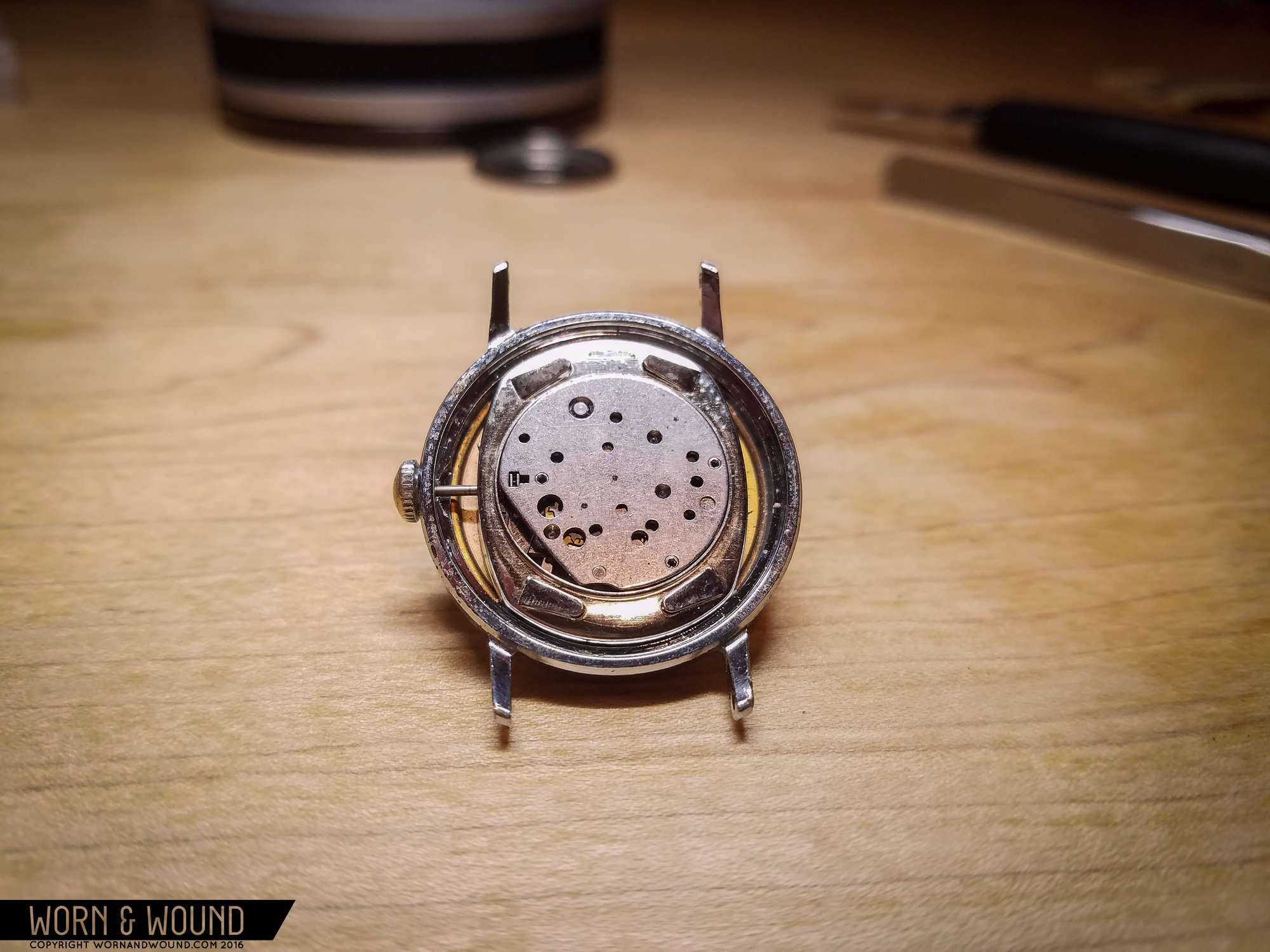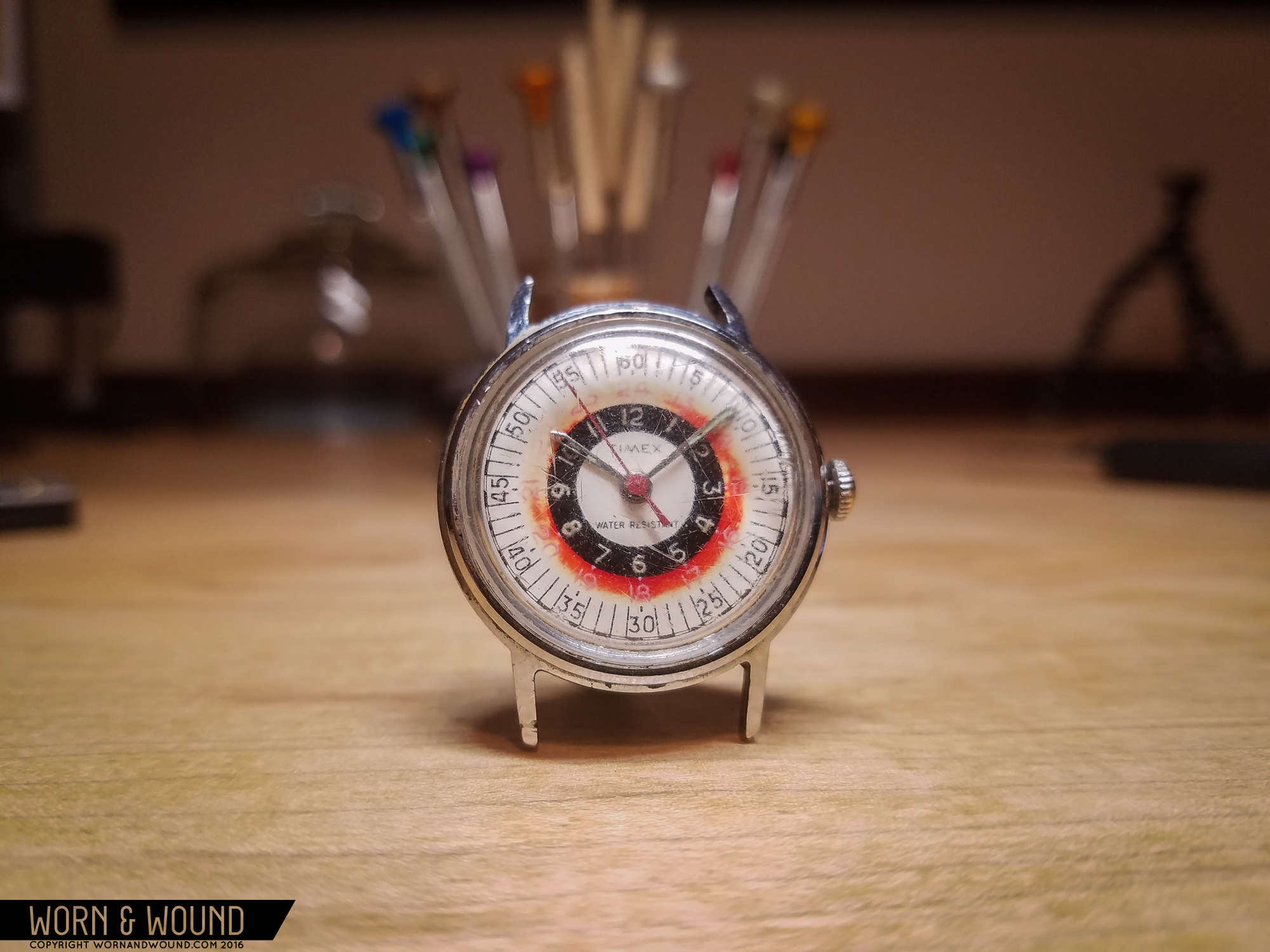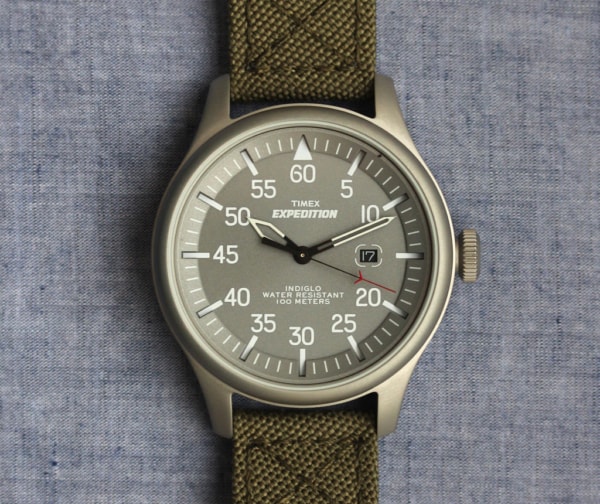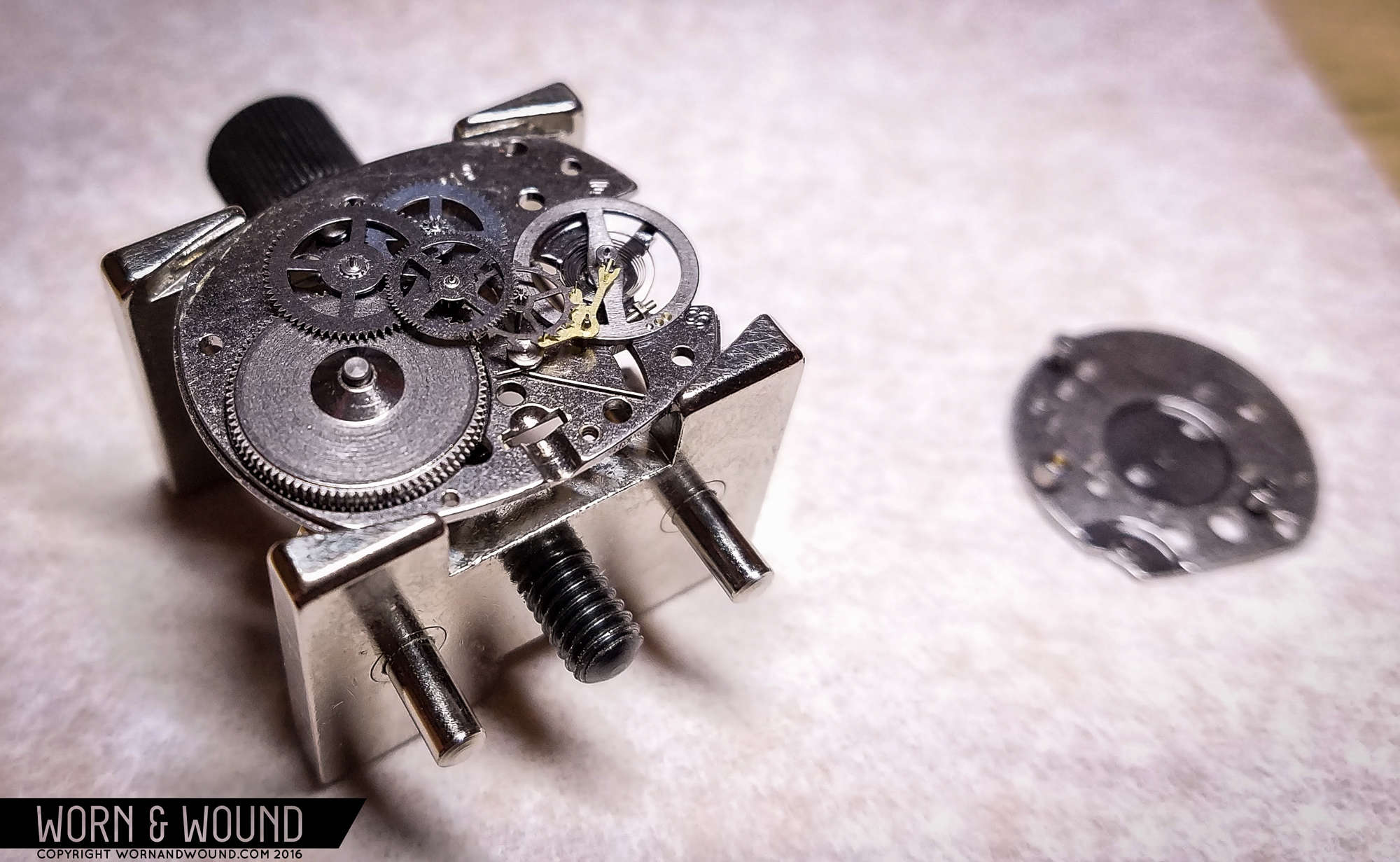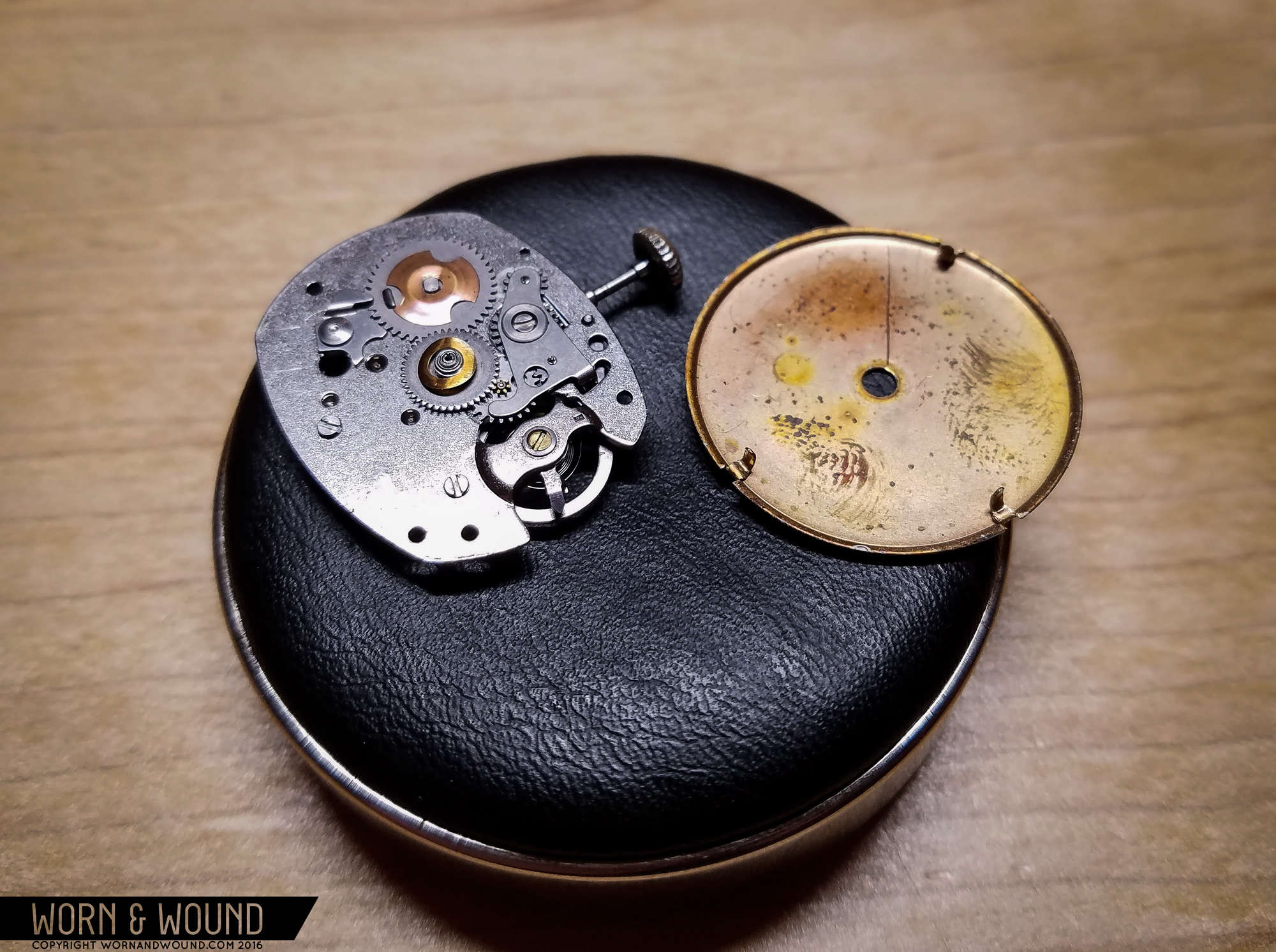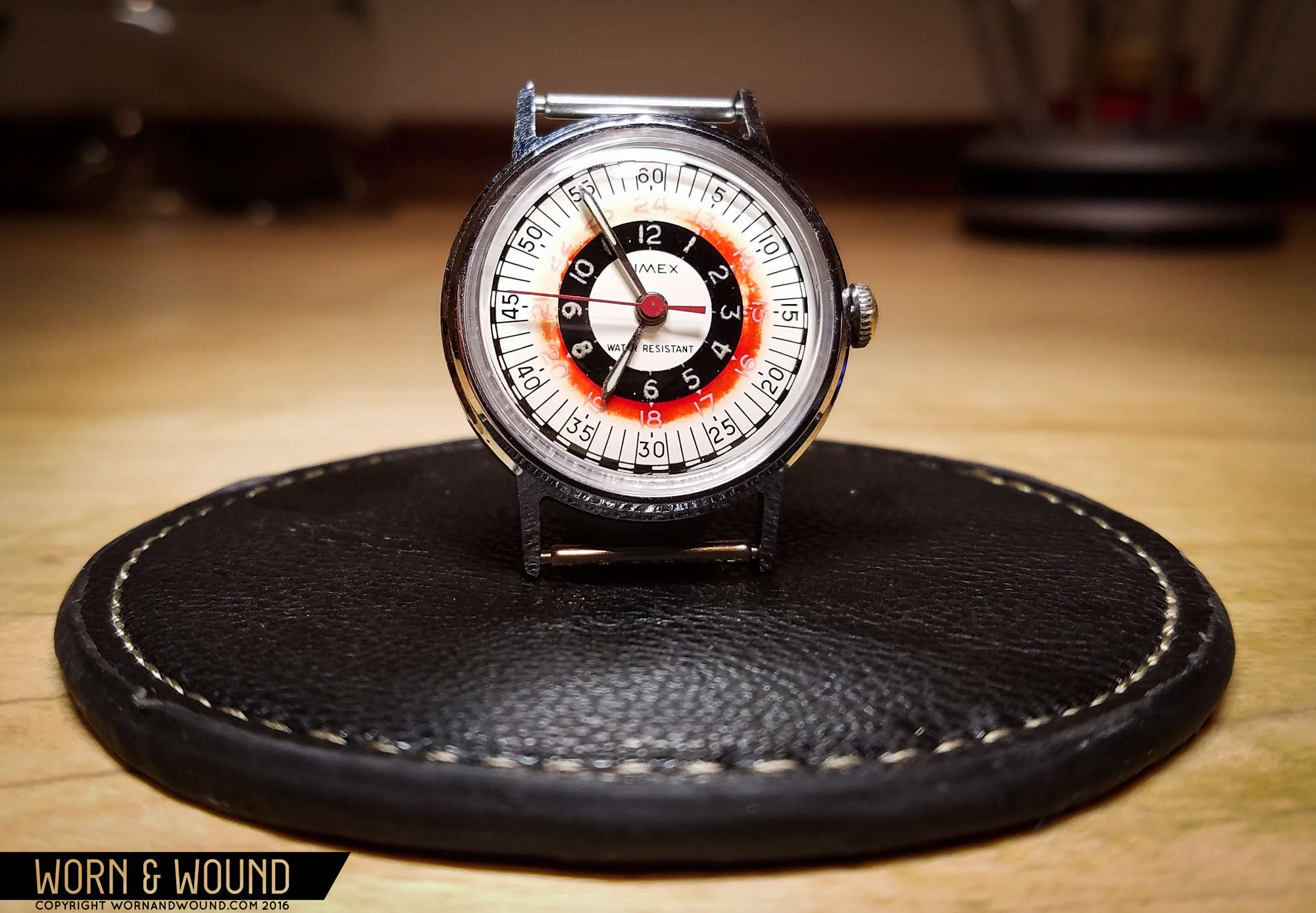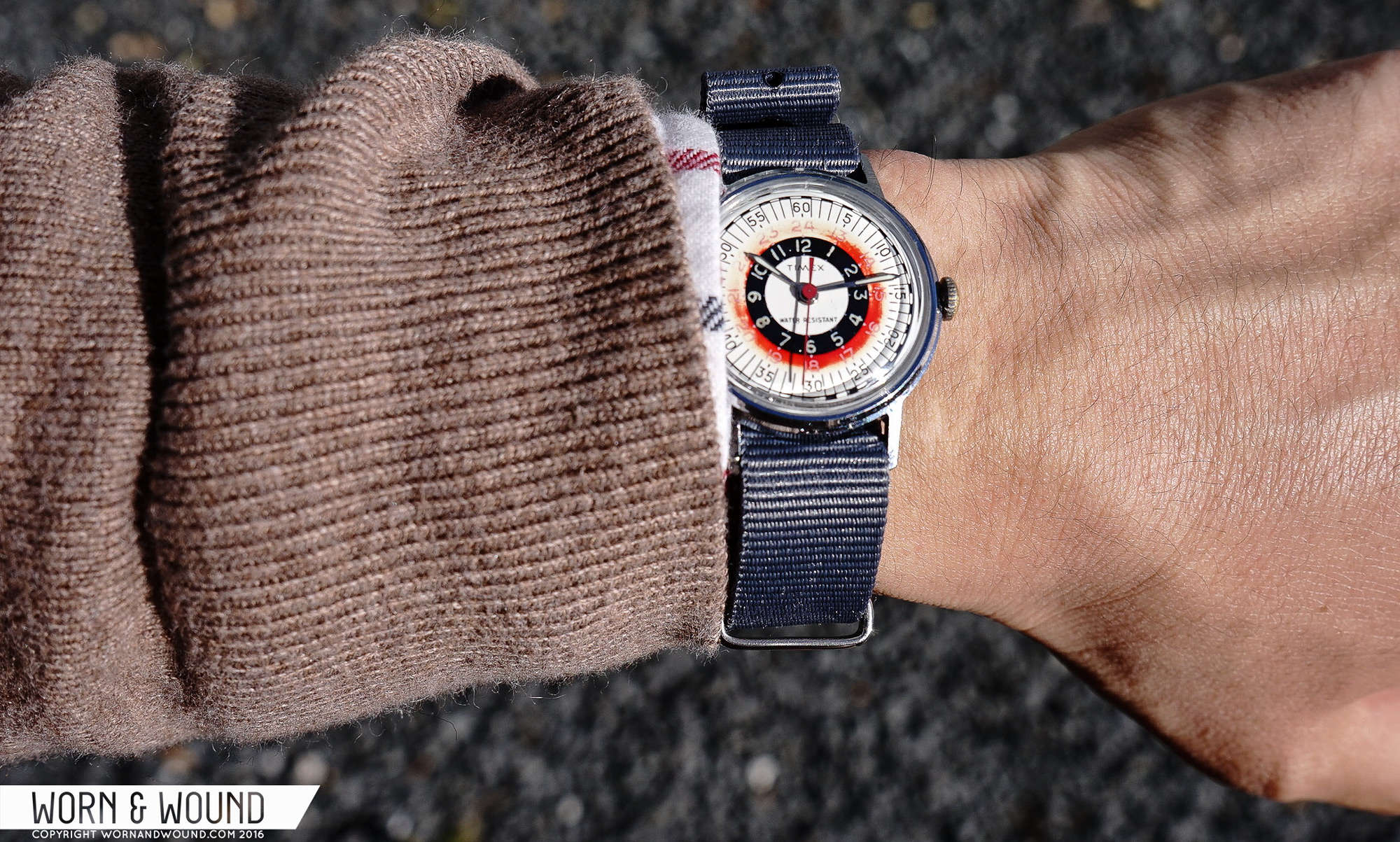Timex, oftentimes one of the most overlooked brands in watchmaking, has a long and storied history, forever intertwined with the East Coast’s Industrial Revolution that grew America, and in some way or another, it still endures. New York designer Todd Snyder recently collaborated with Timex on a watch dug up from the company’s extensive archives: a relatively obscure “roulette” or “bullseye” dial based on an early 1970s design. The result is, as Snyder calls it, The Mod Watch, and we wrote about it and its inspiration here.
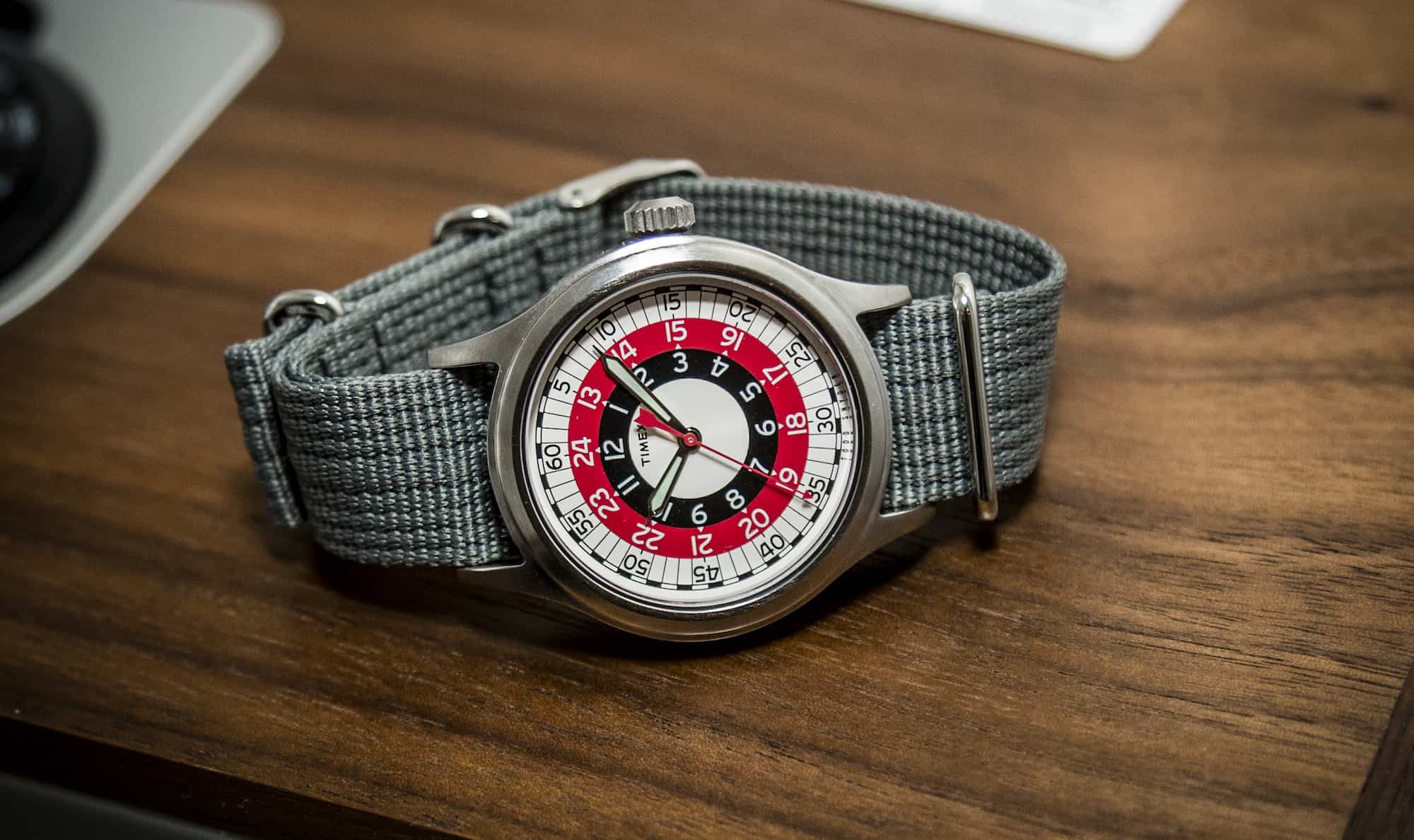
Mod: Ministry of Defense. Or mod: young hep cats in suits, on Vespas.
I loved it, and I loved both concepts. Snyder’s Mod Watch may not have had any authentic military bearing, unlike the rarefied Timex military watches that also garnered my attention. But it was eye-catching. It was simple. It was based around a ’70s design, and the ’70s was when the watchmaking world threw down its figurative hair and introduced colors, patterns, and fun to their designs. And it looked damn good on a nylon mil-strap—and I am nothing if not a slave to the allure of a good mil-strap.
The thing is, there’s that curious tick in my mind that not only appreciates the design of yesterday’s watches, but also asks: if the reissue looks so good, why not find the original?
So, I found one.
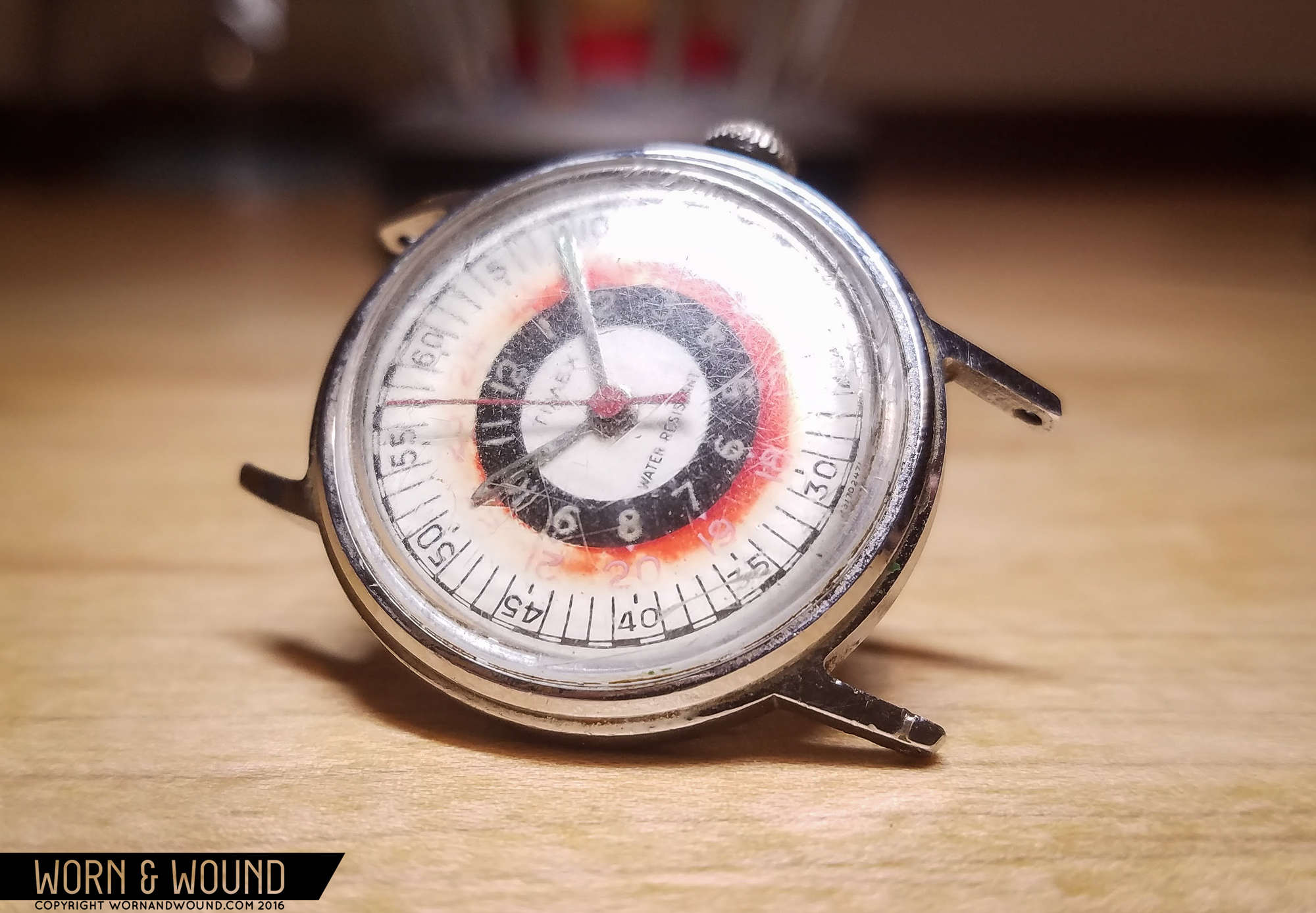









 Featured Videos
Featured Videos





